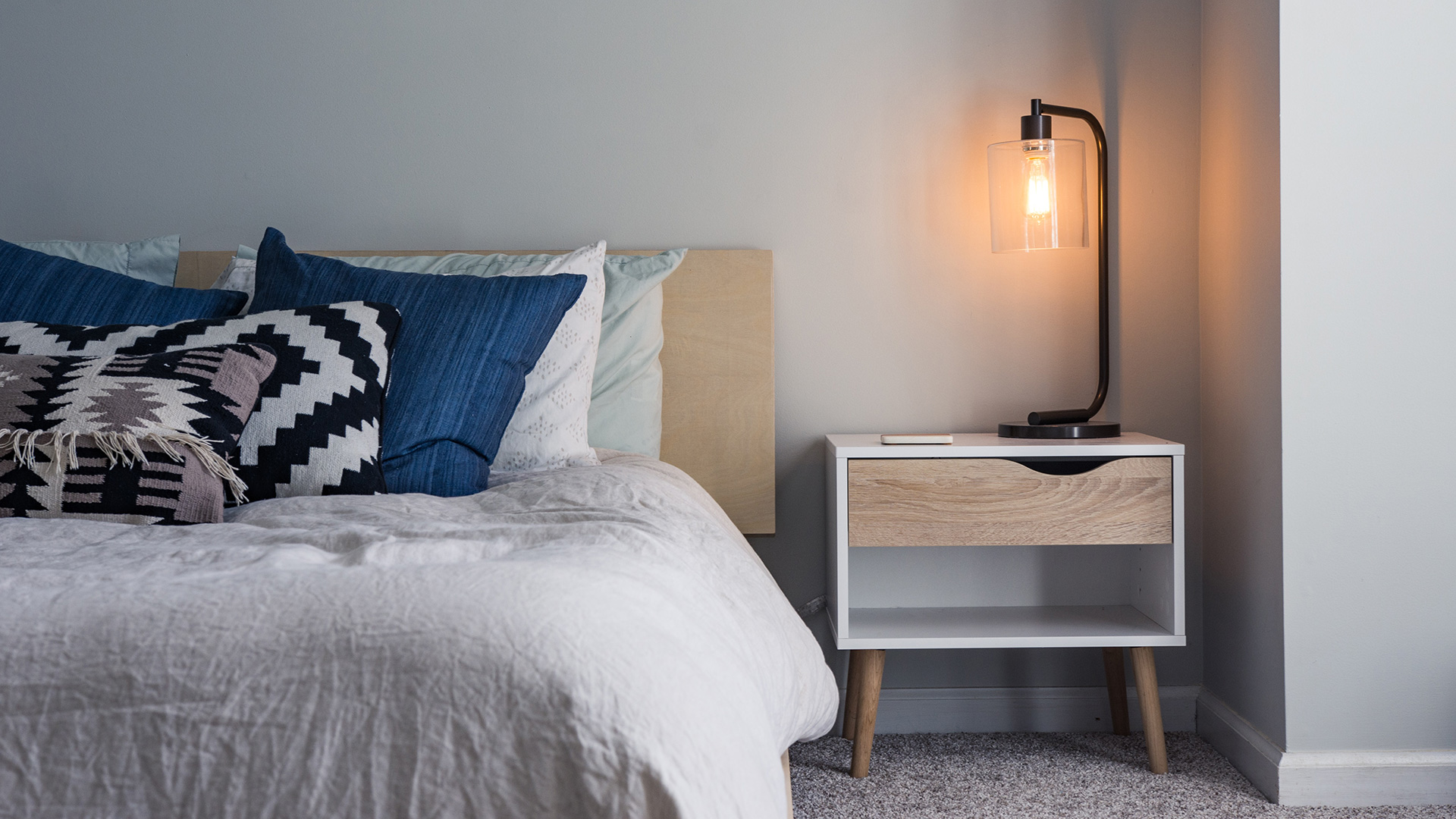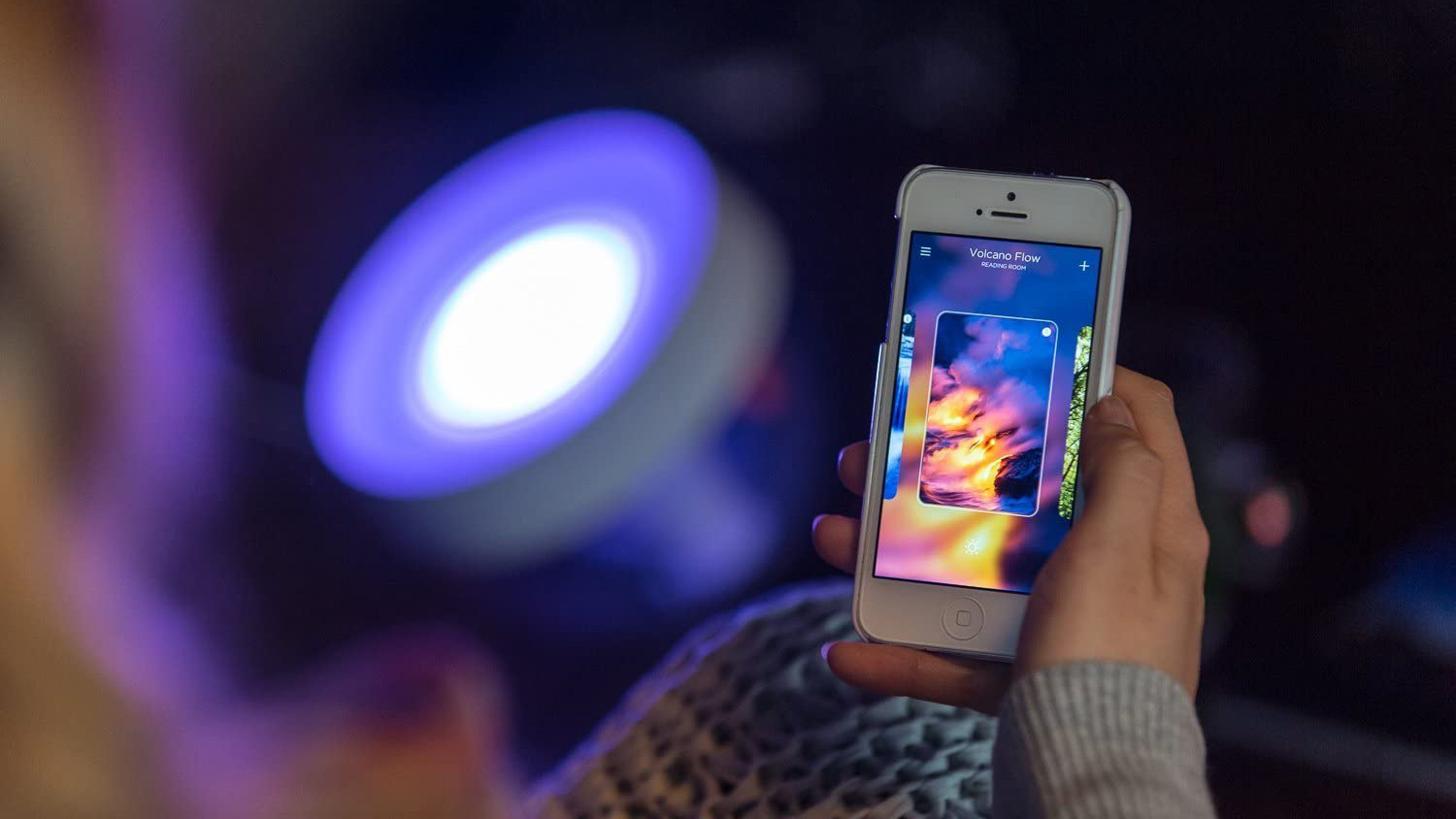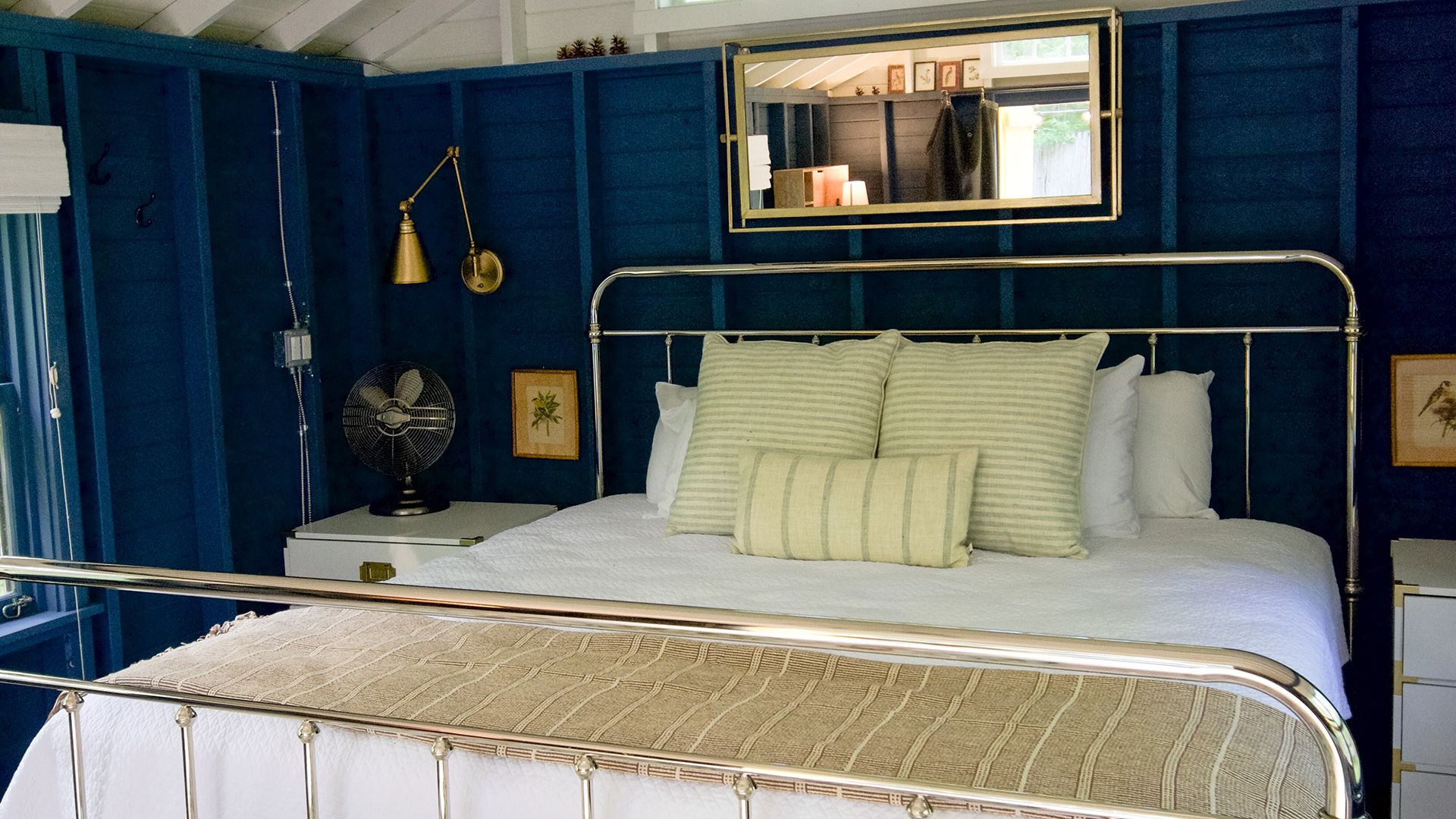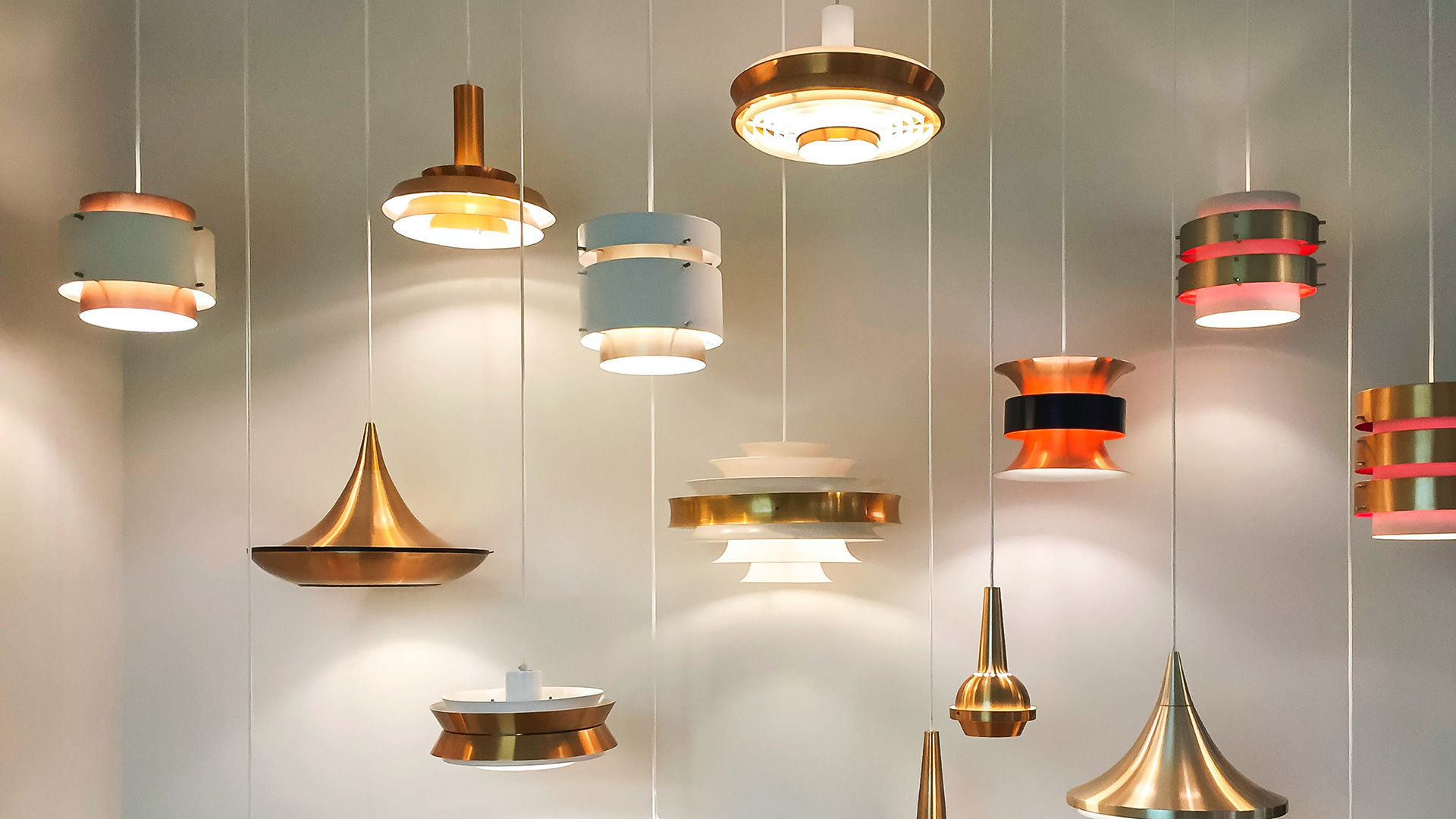Pretty Lights For Bedroom
Bedrooms are busy places. Sure, we use them to sleep in – but they're also places where we relax and where we read, where we spend time with our partners, where we get glammed up for going out, suited up for social whirls and in or out of our everyday clothes. That means before you dive in and start ordering from our best bedside lamps, it's worth taking a moment to consider exactly what you need and how it might work in the space.
The best bedroom lighting is a mix of mood lighting and lighting for getting things done: lights to get dressed to, or lights to apply make-up in front of, or lights to create an atmosphere. So how do you get lights to do all that? We have some suggestions…
- Need your lighting to do more? The best wake-up lamps will help promote a healthy sleep-wake cycle
- Browse the best cheap Hue bulb deals live now
- You'll find more inspiration in our bedroom lighting ideas
Do: think soft
There are three key types of light: natural light, which comes in the windows; task lighting, which is for a job – reading, doing makeup, making sure you look good before you go out – and mood lighting, which creates atmosphere. The most effective lighting for making bedrooms look inviting is soft, mood lighting.
Don't: use harsh spotlights
Spotlights are designed to be very bright and very focused, so if you're going to use them in your bedroom make sure they're dimmable. Too many bright spotlights makes a room feel like a shop.
Do: start with the bed
In most bedrooms the bed is the single most dominant feature, so it's sensible to start there: you might bracket it with bedside table lamps or wall lights, or do something interesting with the headboard.

(Image credit: Christopher Jolly on Unsplash)
Don't: forget about LED strips
LED strips are much more flexible than standard lights, so for example you can use them behind or along furniture, on the beams of high ceilings, inside cupboards, behind the headboard or anywhere else you want to add some illumination.
Do: think about lighting zones
Chances are you use different bits of your bedroom for different things, so if you're an avid bedtime reader you'll need slightly different bedside lighting than if you're just going for decorative lights; if you like to do make-up at a dressing table you'll want suitable illumination so you don't overdo the blusher.
Don't: use cool white LEDs
LED bulbs typically come in two flavours: white, sometimes called cool white, and warm white. The former is cooler, more wintry and more blue, while the latter has the yellowish warmth of candles and incandescent bulbs.
Do: think about colour-changing bulbs
Whether it's bulbs or strips, colour-changing smart bulbs can be absolutely brilliant in bedrooms: you can create colour recipes and control them from your smartphone or smart speaker, so you might have one recipe for relaxing, another for tidying and yet another for spooning. We really rate the Philips Hue system, but there are good options from the likes of Hive and Lifx too – head to our best smart bulbs guide for a full run-down, or see how the two leading brands match up in our Philips Hue vs Lifx comparison. Just steer clear of the eBay cheapies, which have a distinct school-disco vibe.

(Image credit: Philips)
Don't: confuse your styles
What style does your bedroom have? Is it traditional? Retro? Achingly modern? Futuristic? Pick lighting that complements the furniture and decoration: mixing incompatible styles can look distinctly odd.
Do: think bigger
If you're thinking about smart bulbs for the bedroom and you haven't already chosen an ecosystem, think about what you might like to add to the rest of the house too. That way you can be sure that if you want to add more lighting elsewhere, you're not stuck with a system that can't do what you want. For example, if you go down the IKEA route with its TRADFRI lights there are some nice lamps as well as a good range of bulbs, but there aren't any outdoor options or coloured LED strips for behind the TV; if you go for Hue, on the other hand, there's a massive range of smart bulbs for every conceivable fitting as well as lots of nice lamps and outdoor lights, but they're often quite expensive.
It's worth thinking about your existing non-smart lights too: for around £10 you can add a smart bulb that'll connect any light to your smart home and enable you to control it from your app or smart speaker.
Don't: forget about the darkness
It sounds obvious, we know, but are you planning your lighting in the room during the daytime? If you are, you're seeing the room in a completely different way than it looks at night. Areas that benefit from great natural light during the day could be much darker once the sun's gone down.
Do: make use of mirrors
Mirrors aren't just for confirming that you're gorgeous. They're also brilliant at maximising the available light. Thoughtfully placed mirrors can make a dark bedroom feel much bigger, reflecting both natural and artificial light throughout the space.

(Image credit: Andrea Davis on Unsplash)
Don't: keep wardrobe lights locked inside
If your wardrobes are mirrored, don't put your lights inside them: if you have down-facing lights on the outside of the wardrobe the mirrors will reflect it into the room while still lighting up your stuff when the doors are open.
Do: think about layers
There are three distinct parts of your room to light: the ceiling, the walls and the floor. Try different types of lighting for each, so for example you might have a subtle wash of light on the walls but something brighter above you; if you tend to bump into things in the night some motion-sensing, floor-level lighting could save your toes.
Don't: keep yourself in the dark
Think about what you'll be doing, so for example if you're going to use the wardrobe mirrors to see how you look before you go out it's important to have lights in front of you, not behind you: if you don't, you'll find it hard to discern colours and detail. If you use make-up, do the same with your make-up mirror: you should have a light source pointing at your face, not the back of your head.
Do: use multiple bulbs
You'll get a much nicer effect with several low-intensity bulbs or a string of little LEDs than with one bulb that's so bright you can see your own skeleton.
Don't: go crazy with lamps
Lamps are great things, but only in moderation: if you've already got a lamp on either side of the bed and one or two lamps elsewhere in the room, that's a good place to stop. You don't want your room to look like the lighting department of B&Q.

(Image credit: Etienne Girardet on Unsplash)
Do: think about the details
If you have shelves, pictures or open-faced storage you can use lighting to highlight them and add interesting accents to the room.
Don't: put downlighters over the bed
Downlighters can be lovely, but they're best for indirect lighting so put them around the room rather than directly over the bed. You don't want to wake up with a GU10 bulb blazing directly into your eyeballs.
Do: test-drive your design
Don't just imagine the lights in your mind's eye. Go to the places you'll be doing things and imagine yourself doing them. Is your bedside reading lamp going to annoy your partner? Would your intended wall lights put light in the right places?

Writer, musician and broadcaster Carrie Marshall has been covering technology since 1998 and is particularly interested in how tech can help us live our best lives. Her CV is a who's who of magazines, newspapers, websites and radio programmes ranging from T3, Techradar and MacFormat to the BBC, Sunday Post and People's Friend. Carrie has written thirteen books, ghost-wrote two more and co-wrote another seven books and a Radio 2 documentary series. When she's not scribbling, she's the singer in Glaswegian rock band HAVR (havrmusic.com).
Source: https://www.t3.com/us/features/tips-and-tricks-for-bedroom-lighting

Tidak ada komentar: